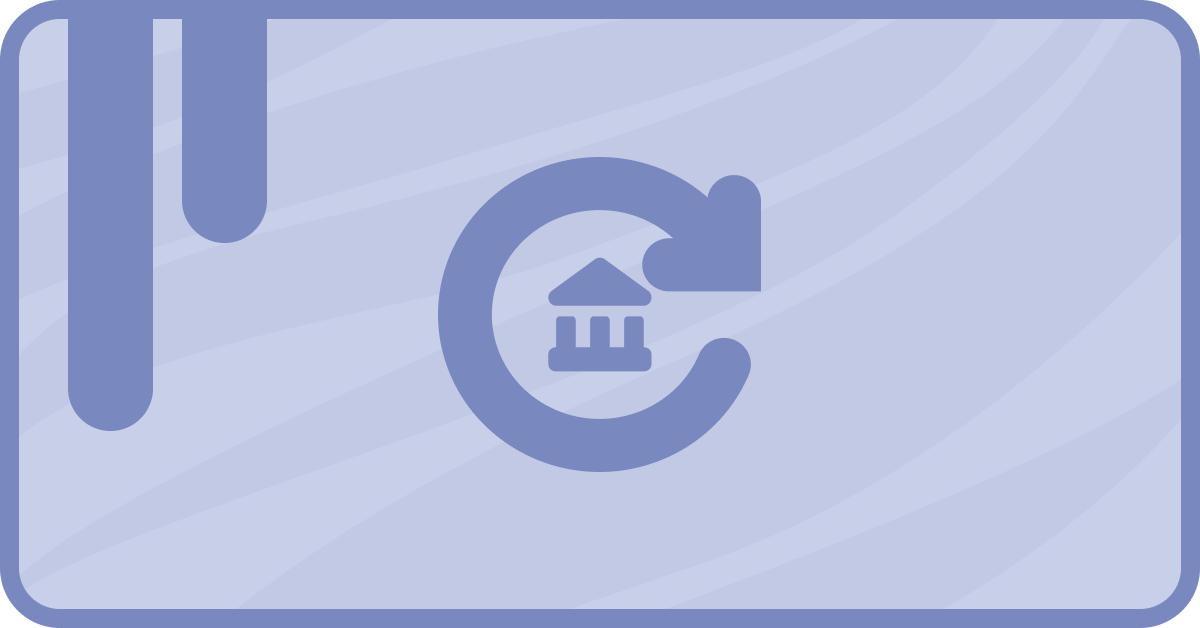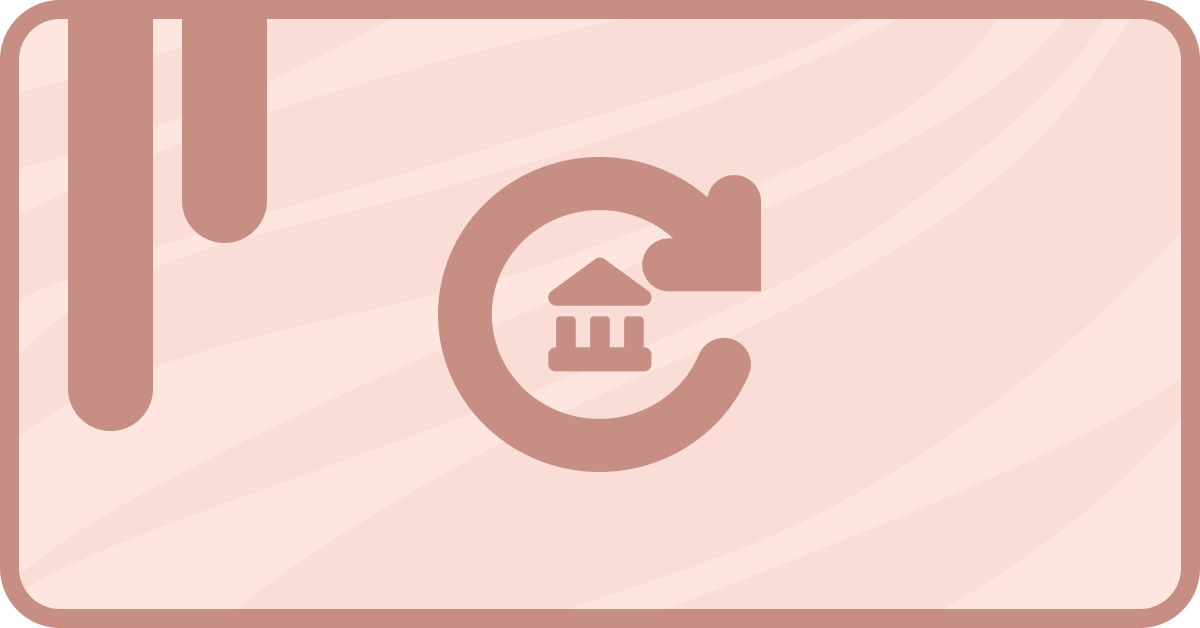A business can sell its software in a variety of different ways. But the prominent method these days is the subscription model.
It's great because it keeps customers on board while keeping money rolling in. With that in mind, managing subscriptions might seem like a complicated task.
Fortunately, we have technology! And there are tools out there that can help with managing subscriptions for SaaS companies of all sizes. To get the most out of these tools, however, you need to have a good understanding of what subscription management really is.
In this guide, we'll take a closer look at what goes into subscription management so you can tackle it with confidence.
What Is Subscription Management?
Subscription management involves handling subscriptions that customers have for specific products or services. It consists of various strategies, tools, and processes that serve a range of purposes. These mainly center around acquisition, retention, and maximizing revenue.
Some of the different ways subscriptions are handled include:
- Subscription pricing
- Billing
- Customer support
- Tracking renewals
- Dealing with cancellations
- Upgrade and downgrade management
- Analysis of subscription data
Through effective subscription management, you can optimize your delivery of products or services while generating recurring revenue. This results in happy customers. And happy customers leads to success and growth for your business!
What's The Importance of Subscription Management?
The subscription model approach is only growing in popularity. Why? Because it provides various benefits that can help maximize profits. It won't do much good unless managed properly though.
One-time sales are all about acquiring new customers, but there's more to recurring revenue businesses. You want to make sure customers stick around, and they'll only do that if they're happy with their subscription.
Customer Retention Is Key
Subscription-based services have been around for a while, but they were a lot harder to deal with in the past. To create subscriptions, customers would need to call a sales rep to discuss it. They'd have to do the same if they wanted to make any changes to their subscription.
Most people don't like talking on the phone. Fortunately, things are far more simple with modern subscription management. A customer can do all of these things online. This means they can buy a subscription, update their details, make changes, and view information about their subscription at any time.
Keeping things convenient like this helps keep customers happy which is key for retention. Subscription management tools use things like automation, AI, analytics, and reporting to keep everything running smoothly in the background.
Plus, all of this is done in one place which helps streamline the entire operation. This can help a lot with customer retention. This should be one of your main focuses as it will play a huge part in your overall success.
Subscription Management Improves Customer Experiences
Subscription revenue management keeps things simple for your business, but providing a better customer experience is typically the most important factor.
Understanding how to use your subscription management solution is vital. It will help you deliver the best service to your subscribers which will keep them around.
How a Subscription Management Solution Works
A subscription management solution streamlines the adoption to renewal process. This uses multiple tools and pieces of technology to automate workflows in the background. Some of the processes involved include:
- Catalog management
- Order management
- Fulfillment
- Billing
At the end of this, you want to determine if the customer has received what they were promised and if they're happy with their subscription. Growth depends on customer happiness, and a subscription management solution can help you achieve this. The following is the typical process from start to finish.
1. Customers Shop and Pay for the Products or Services They Want
Depending on the nature of your business, you might only have subscription services. Alternatively, you could have subscriptions alongside one-time products.
You can offer different payment options and pricing plans to make things easier for customers. dynamic pricing can also be beneficial.
HubSpot and Stripe subscription management, for example, can be beneficial here. Giving customers various options will help you secure more conversions.
2. Sales Reps Capture Customers to Provide Assistance and Close Deals
When customers find products they're interested they might have some questions or just need assistance. Reps can help customers make changes and determine what products or services would be best for them. This is easily done through the back end of your subscription management tool.
They can adjust products, change quantities, and even hook customers up with sweet discounts. They can then show the customer the new pricing and work towards closing the deal.
3. Sales and Customer Success Teams Nurture Ongoing Subscriptions and Customer Relationships
Once customers have signed up for their subscriptions, they can keep things as they are or make changes if needed. They can do this on their own through self service channels, but they can also discuss things with reps. Reps can recommend things like renewals and upgrades, so this is the ideal scenario.
On the back end, your team can see important data like customer buying history. Paired with AI, they can find upgrades or new products that might strike the customer's fancy. This use of RevOps will make for happier customers and an increased cash flow. Two birds with one stone!
4. Finance Creates Accurate Invoices for One-Time Payments
When customers make any changes, they're automatically managed on the backend. This includes the generation of orders and invoices. Having customer data fully integrated across every touchpoint makes this possible.
This automation saves time as it eliminates the need for manual handoffs between sales and finances. It also reduces the risk of errors which could lead to bad customer experiences. You can be confident that quotes and invoices will always match up.
The Most Common Subscription Pricing Models
You can choose from various subscription pricing models for your business. Which one is best for you depends on the product or service you're selling as well as customer needs.
- Static Pricing: You have a set price for each product
- Usage pricing: The price is based on overall usage, a common choice for internet providers, for example
- Contracted Pricing: A set license price that's pre-negotiated which is ideal for self-service systems
- Percent of total: A product is priced as a percentage of another, such as a support add-on for certain hardware or software
- Block (or tier) pricing: The price is based on how many blocks the customer purchases (the price typically drops at higher quantities)
Think about your product and your target demographic when deciding which pricing model to use. sass•hapily supports HubSpot and Stripe integration which can allow you to use any of these models you need!
Tracking Recurring Revenue From Subscriptions
Metrics have become a very important part of modern businesses. You can track and analyze them to see how well things are going. For subscription-based companies, two of the most important metrics to track are monthly recurring revenue (MRR) and annual recurring revenue (ARR).
Most B2B models include customers signing up for short-term contracts with no renewal period or multi-year contracts with regular payments. In both cases, sales pipelines and revenue streams can be a bit volatile because they depend on new sales.
For subscription services, things are more dependent on regular renewals. This makes it easier to predict revenue so you can plan ahead better. As such, increasing the MRR and ARR should always be key goals.
You can calculate MRR by adding together the following:
- New customer subscription revenue
- Existing customer subscription revenue
- Add-on and license upgrade fees from existing customers
And then subtracting:
- Lost revenue from customers who leave
- Lost revenue from license downgrades or removed add-ons
ARR is calculated in the same way but by looking at these values yearly rather than monthly. A quality subscription management tool will automatically work this out for you so you won't need to worry about doing the calculations yourself. Bear in mind that you need a CRM that gives full visibility throughout your business alongside analytics and automation for this to work correctly.
The Most Important Subscription Management Software Features
There are various subscription management platforms out there, so choosing one that works best for you can be tricky. The features can vary between different tools, so it's important to know what you're after.
Determine your business needs first, then you can start narrowing down the options available. In general, there are some key features that most businesses will want from their subscription management software:
- Self-service buying
- Deal management
- Dashboards and reports
- Unified billing engine
sass•hapily is a leading solution that offers a wide range of additional features. You can use it to create payment links, send branded quotes, sync subscriptions and transactions, view Stripe customer data, and more. We have various comparisons on our site so you can see how it stands up against the competition.
How to Succeed With sass•hapily
If you're looking for an effective subscription management tool, sass•hapily can help! It has various useful features such as HubSpot and Stripe data sync, SaaS/subscription reporting, and Stripe event automation. That's just the tip of the iceberg, though.
We have several pricing plans available so you can find a solution that's ideal for your business. If you want to give it a try, schedule your free demo today.
If you want to see how sass•hapily beats the opposition, check out this blog post on sass•hapily VS. Zapier!






